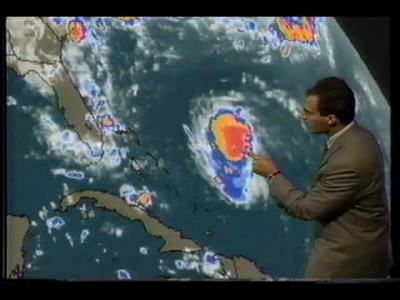At the time of its occurrence in August 1992 the costliest hurricane in United States history, Hurricane Andrew was the fourth tropical cyclone and the first hurricane of the Atlantic hurricane season in 1992. It originated from a tropical wave over the central Atlantic. Initially, strong wind shear prevented it from developing too much intensity. However, increasingly favorable conditions followed that allowed the system to become a tropical storm on August 17, and a minimal hurricane six days later.
After turning to the west, Andrew entered a period of rapid intensification, strengthening into a Category 5 hurricane close to the Bahamas on August 23. It momentarily weakened to a Category 4 hurricane over the Bahamas, but then regained its Category 5 intensity on August 24 before making landfall at Elliott Key and then later in Homestead, just south of Miami, Florida.
Miami would be forever changed, as it navigated the effects of this ravaging storm, both through the night of the storm itself, and in the weeks and years that followed. Among the many effects were changes in construction that would forever affect real estate construction costs and thus values, as the cost of adding supply to the market was permanently increased, and increases in the cost of insurance that was further exacerbated when Hurricane Katrina became an even costlier hurricane when it made landfall near New Orleans.

